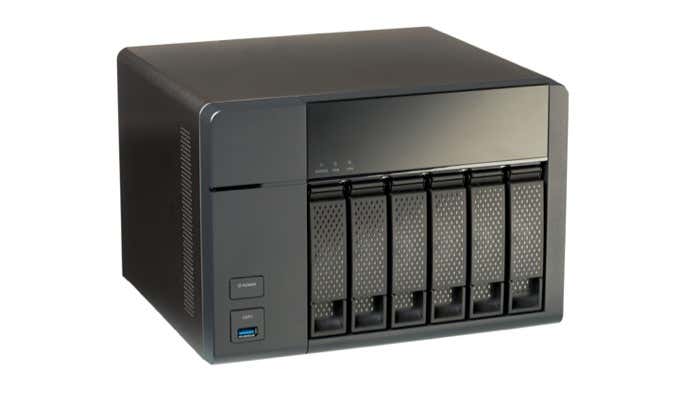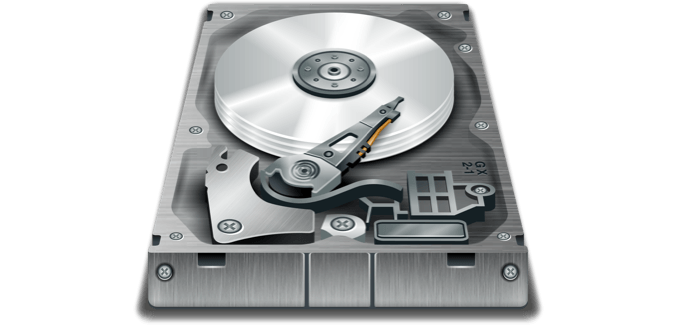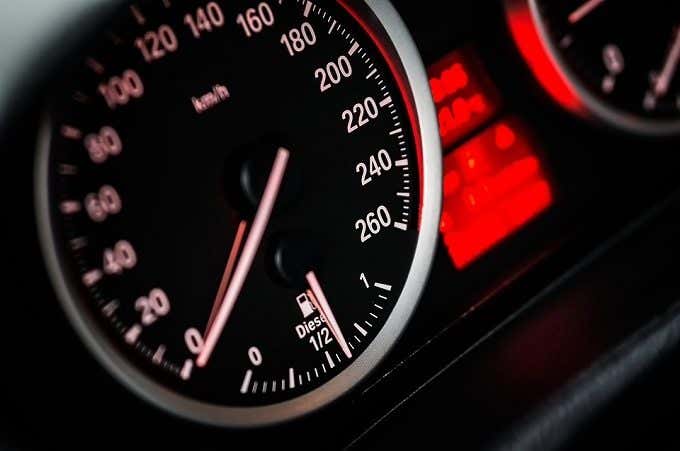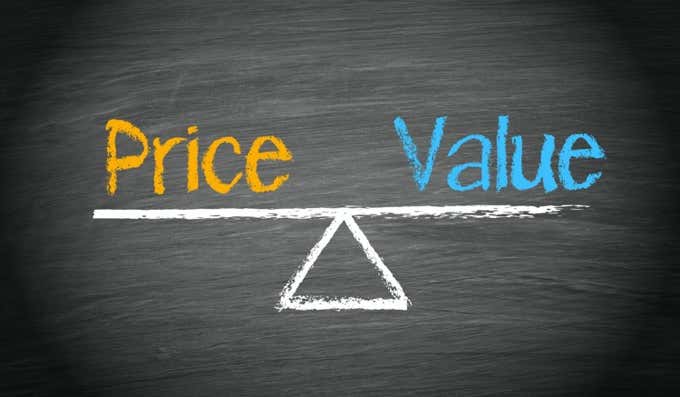The storage system of a computer has always been the slowest component in the chain. Your CPU has fast cache memory, which interacts much slower (yet still fast!) with RAM and then we have your systems disks, which are again orders of magnitude slower.
RAID or Redundant Array of Independent/Inexpensive Disks is a method of combining multiple disks into one to improve performance, reliability or both. With SSDs quickly taking over from mechanical hard drives, this presents us with a choice: HDD Raid Vs SSD Raid. There’s no absolute winner here, so let’s take a close look at the considerations.

A Recap Of RAID Levels
While there is no universal standard for RAID configurations, there are several so-called RAID “levels” that have become pretty commonplace. When we’re comparing HDD RAID technology against SSD RAID technology, it’s important to recap the pros, cons and number of drives you need for each type of RAID setup. Let’s go over them in short order:
- RAID 0 needs two disks, provides no redundancy but lots of speed and no disk space penalty
- RAID 1 needs two disks, provides redundancy, but only small speed gains and a 50% disk space penalty
- RAID 10 needs four disks, provides redundancy, provides fast reads, better write speeds and sacrifices 50% of disk space.
There are of course other more complex RAID levels (e.g. 1E, 5, 50, 6 & 60) but these three are the most common that typical users would be interested in.
HDD RAID Vs a Single SSD
We figure the most common reason someone might be wondering about RAID and how it relates to SSDs comes from this specific comparison. So we’ll get this one out of the way first.
Mechanical hard drives are pretty slow, so one popular way to get better throughput is by combining two identical drives into the RAID 0 configuration. The data is “striped” across both drives and they act as one hard drive, but with (theoretically) twice the transfer speed. Since each drive has a unique part of your data, you can always have both drives contributing to any operation.
Sadly, when it comes to raw speed, a single SSD is always going to win out against a RAID 0 hard drive setup. Even the fastest, most expensive 10,000 RPM SATA III consumer hard drive only tops out at 200MB/s. In theory. So two of them in RAID0 would only manage a little under twice that.
Just about any SATA III SSD will get very close to the limit of the connection at 600MB/s. If we’re talking NVME SSDs using the PCIe protocol, then typical read speeds exceed 2000MB/s.
In other words, if pure performance is what you’re looking for, a single SSD will always beat a pair of mechanical drives. Even if they are the fastest mechanical drives in the world.

The same goes for reliability and data protection. If you have a RAID 10 setup with four hard drives, you still get double the drive speed and you can lose a drive without losing any data. Despite this, a single SSD will still be a more reliable solution. SSD have a limited number of writes before they can no longer overwrite existing data, but you can still read all the data on the disk.
Spontaneous failure of an SSD is incredibly uncommon, but you always have the option of running two SSD in RAID 1. There’s no significant speed benefit, but one drive can fail completely without data loss. We wouldn’t recommend spending money on a RAID 1 SSD setup purely for data safety. It’s far more cost-effective to simply back up your hard drive image to an affordable external drive or the cloud, since most desktop systems are not mission critical.
HDD RAID vs SSD RAID: General Considerations
Now that we’ve dealt with the single SSD scenario, let’s talk about direct RAID-to-RAID comparisons. That is, mechanical drives in RAID compared to SSDs in RAID. There are three main aspects to consider: performance, price and data reliability. Let’s look at each one in more detail.
Performance

You will probably be unsurprised to hear that an SSD RAID configuration will always beat any mechanical drive RAID setup in raw performance. The real question is how much performance you’ll gain from running SSDs in RAID and whether it’s worth it. This is a complicated question.
One factor is hardware versus software RAID. A dedicated hardware RAID controller will provide better performance than a software-based solution. Additionally, as speed increases, other components in your computer might become a limiting factor or “bottleneck”.
For example, in day-to-day use there’s little difference between a SATA III SSD and an M.2 NVMe PCIe drive. despite the latter being five or six times faster. Games don’t load noticeably faster and applications aren’t necessarily more snappy. Workloads such as video editing or professional applications involving massive dataset analysis, on the other hand, will eat as much bandwidth as you have to offer.
This means that putting two SSDs in RAID 0 probably won’t improve the average user experience and the cost could be better spent elsewhere in the system
Price!

Although SSDs have come down a lot in price over the last few years, they are still many times more expensive on a per-gigabyte basis than mechanical drives. In fact, mechanical drives have been pushing capacity of late since they can’t compete on performance.
This makes SSDs unattractive as redundant mass storage. Mechanical drives in purely-redundant or redundant and performance RAID configurations are still very relevant and cost effective for desktop users. If you run a home NAS (network attached storage) system for streaming or file sharing, it’s the most practical choice.
If you absolutely need the speed of two SSDs in RAID 0 or have a mission critical drive that benefits from RAID 1, you’re looking at twice the price of running a single drive. Only you can decide if 200% of the cost is worth the advantages of either option.
Reliability & Endurance

SSD endurance is something we’ve written about before and it’s a complex comparison with mechanical drives. SSDs wear out when they’ve been written to too much. However for modern drives, write endurance is far beyond what most users will ever need.
A complete loss of data even when an SSD cannot be written to, is very unlikely. In many ways RAID exists because mechanical drives are prone to failure in the first place. Head to head, SSDs are so much more reliable that they don’t make redundant RAID compelling.
No Clear Answers
As you can see, there is no situation where the answer will always be HDD RAID or SSD RAID (or otherwise). It’s very dependent on your specific needs. Nonetheless, we can provide some general guidelines:
- Most users won’t benefit from SSD RAID speed improvements.
- HDD RAID is still best for mass storage.
- SSDs are reliable enough to make RAID sensible only for mission-critical uses.
With a clear picture of where each approach works best, you should have a much better idea which option makes the most functional and economic sense for you.
